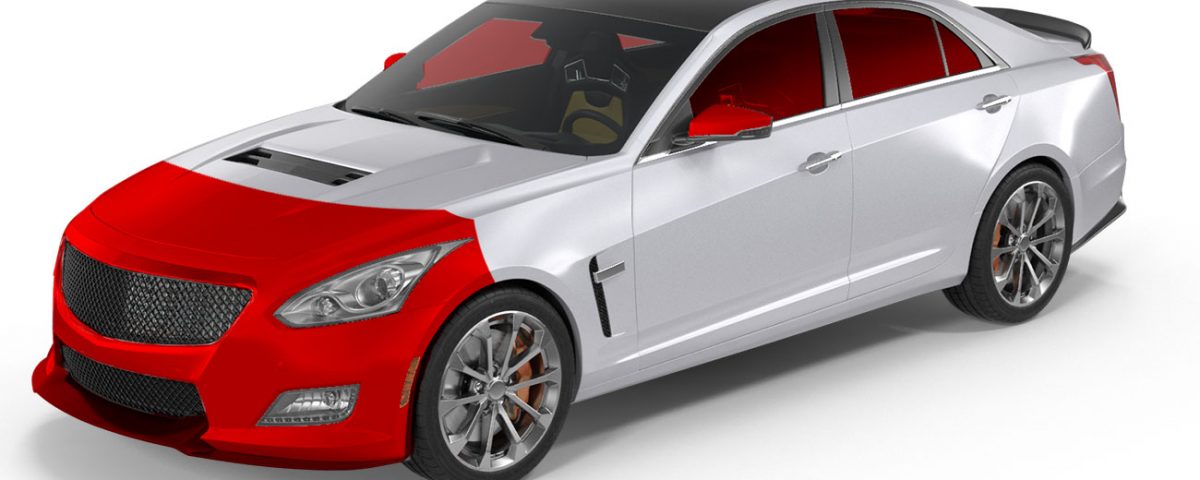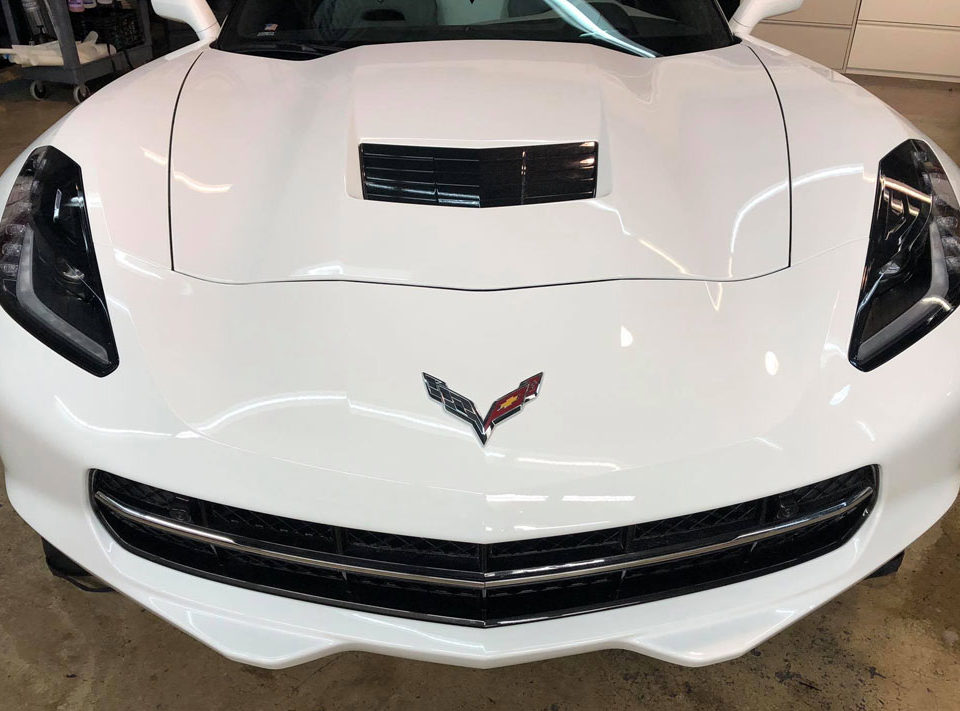- Specializing in Automotive Tint Mon-Fri 9am-5pm | Sat 10am-3pm
- (703) 440-0084
- paul@skylinetint.com

How to Maintain Your Car Window Tint
July 5, 2023
Tips to an Excellent Car Window Tinting Experience
August 6, 2023Are you looking to undertake car window tinting? There are plenty of tint options that you can go for. They include:
Dye film tint
Dye films are ideal when you want to increase the aesthetics and privacy of your vehicle.
They are frequently attractive but give less heat rejection than newer technologies and will not last as long.
Deep dye is the most recent dye technique, and it provides a color-stable (won’t fade or change color) assurance, unlike prior dye technologies, which fade or turn purple with time.
Determine your tinting objectives. Do you want to prioritize heat reduction, UV protection, glare reduction, privacy, or all? Inform the tinting professional of your needs so that they can recommend the best tint solutions.
You should then choose the proper tint level. Tints are available in a variety of darkness levels, which are commonly expressed as a percentage. A 5% tint, for example, is very dark, whereas a 50% tint is somewhat lighter. Select a tint level that fits local requirements while meeting your preferences and demands.
It’s normal for freshly applied tint to have little water bubbles or a slightly foggy appearance after installation. This is typical and will fade as the tint cures and dries. For the first several days, avoid rolling down the windows or cleaning the tint to enable it to be properly set.
Follow the manufacturer’s maintenance instructions to extend the life and beauty of your tint. Don’t use abrasive cleansers and sharp objects on tinted windows because they can scratch or damage the film.
Carbon films
Carbon films are similar to dye films but provide the color stability that older dye methods lack.
The disadvantages include probable haziness due to the increased size of the carbon particles employed to build the film, which allows light to bounce about, diminishing its clarity.
Carbon film installation is difficult and requires skill and experience. Have the tint done by a professional tinting service for the finest results. If you decide to do it yourself, practice on a tiny piece of film first and look for additional materials and instructions on carbon film installation.
Thoroughly clean the windows to eliminate any debris, dust, or residue that could interfere with the tint’s adhesion. Use a lint-free cloth and a non-ammonia-based cleanser.
Before applying the tint, make sure the windows are dry.
Metalized films
Metalized films are an excellent option for consumers to obtain good heat-rejecting films at a lesser cost.
The heat rejection properties of metalized window tint coatings are great. They have a covering of metallic particles that reflect heat and reduce the amount of infrared radiation that enters the vehicle or structure. Glare reduction and UV protection are also benefits of metalized films.
On the other hand, metals are known to interfere with radio and cellphone transmissions. They also do not have the same longevity as ceramic films.
Before applying metalized window tint, become acquainted with local laws and regulations concerning window tint darkness and installation standards. Check that the metalized film you select is compliant with these regulations.
Ceramic films
Ceramic films are comprised of non-conductive and non-metallic particles.
As a result, they are ideal for blocking heat while not interfering with radio or cellphone transmissions. Nano-ceramic films with the smallest and most uniform particle size provide the highest heat protection and clarity among all window film technologies.
Sunlight heat can be separated into UV, visible light, and infrared. Older technologies rely mostly on UV and visible light rejection.
They provide good heat rejection at lower VLTs but not so much at higher VLTs since they rely on blocking visible light. Unlike other technologies, ceramic films block a substantial percentage of infrared light, which accounts for almost half of the heat you experience from the sun.
Because infrared light is non-visible, blocking large amounts of it does not affect film VLT, allowing much more heat rejection at higher VLTs such as clear/light films, making a ceramic film the best option for automotive tinting.
Best practices when tinting your car
You need to consider several best practices for the best outcome when tinting your car. To help you out, here are things to consider:
Your needs: Different shades have distinct characteristics. Some, like the entry-level dye window tint, are primarily decorative, making the windows appear darker outside.
There are ceramic tinting options available that provide the best of both worlds. So, before you determine which tinting is ideal, list the characteristics vital to your unique application and go with the one most ideal for you.
Budget: Obviously, the cost of window tinting and installation is a crucial consideration to make. For you to establish the correct cost of window tint, you need to consider several factors, including:
The type of tint: The installation is the most important aspect in determining the window tint cost. The cost of the material itself is low. This typically tempts many car owners to try their hand at DIY.
However, mistakes are common, and reordering fresh material, paying for additional shipment, and the time required to clean up glue make it impractical.
Lower-grade window tints (such as dye window tints) will be less expensive (both in terms of quality and price), whereas sophisticated ceramic or carbon-based window tints will be more expensive. Comparing ceramic coatings is similar. Spray-on hybrids are less expensive than 9H ceramic coatings.
The cost of labor: The cost of labor is the second factor that affects your budget. Fortunately, not all window tinting is applied in the same way. Some will take longer, and so have a higher labor cost.
The good news is that a professional auto tint shop Springfield will make the quotation procedure easier for you by offering a fixed charge for the full operation.
The length of time you keep the car: The final thing to consider before deciding on car window tint is how long you intend to retain the vehicle. It stands to reason that you’d want to invest in a window tint that would last as long as you own your vehicle.


